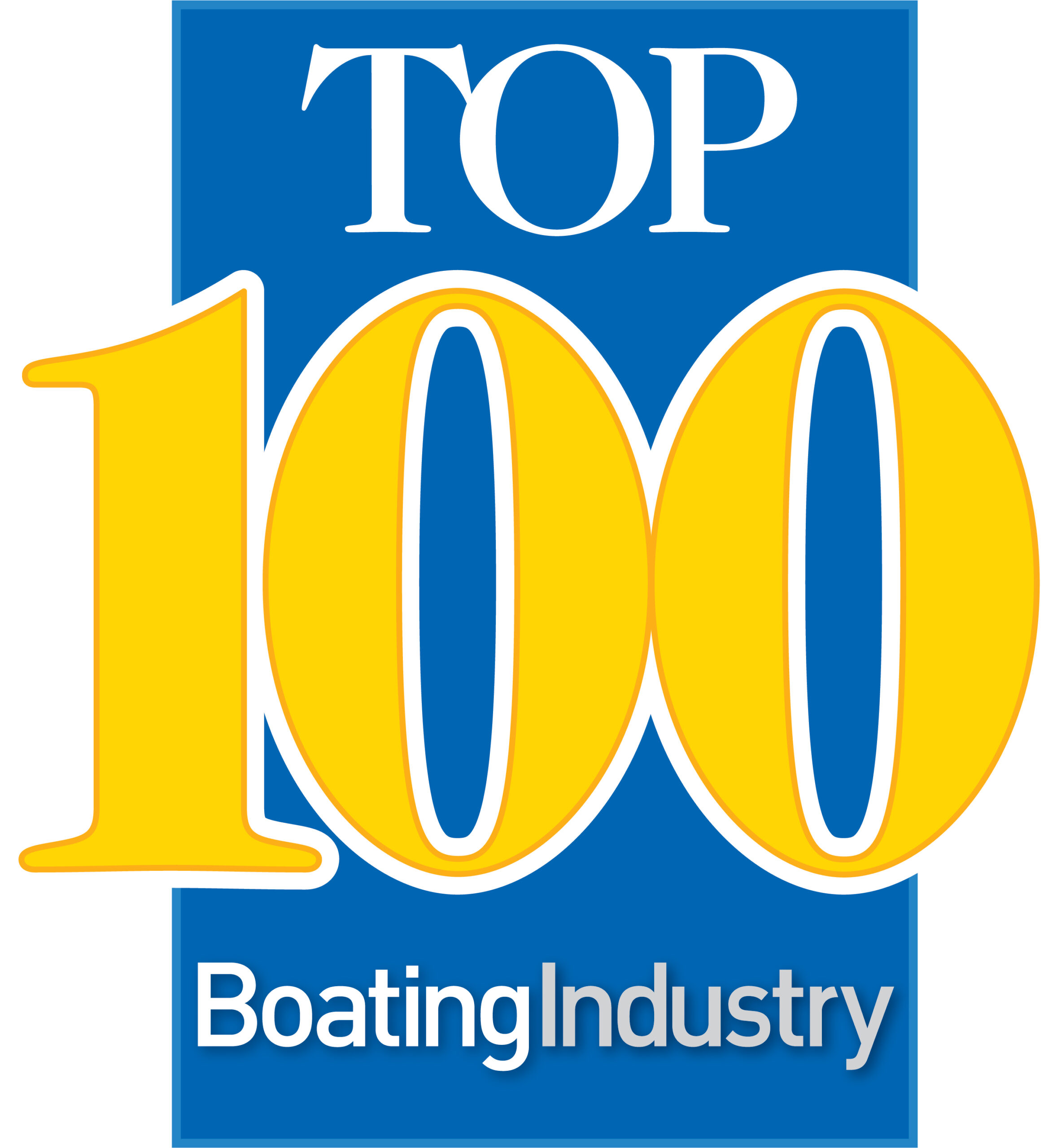The power of diversification
 Over the past week, it has been hard for the marine industry to avoid the bad news. Genmar Holdings’ Chapter 11 bankruptcy filing last Monday – and predictions of more to come – has deflated some of the hope created by recent positive economic indicators. But regardless of the fall-out we’re likely to see as the year progresses, we know there will be many survivors. And one of the most effective strategies for survival is diversification.
Over the past week, it has been hard for the marine industry to avoid the bad news. Genmar Holdings’ Chapter 11 bankruptcy filing last Monday – and predictions of more to come – has deflated some of the hope created by recent positive economic indicators. But regardless of the fall-out we’re likely to see as the year progresses, we know there will be many survivors. And one of the most effective strategies for survival is diversification.
We see examples of it throughout the boating business. Boat builders with a presence in the commercial and government sectors have been reporting fewer layoffs than their recreation-focused competitors. Dealers with a diversity of profit centers, including areas like service, pre-owned boat sales and boat rental, are faring better than their new boat sales-centric peers. And those that have further diversified to include repossessed inventory, for example, have also benefited.
But perhaps the best example of diversification I’ve come across is taking place at Latham Marine, owned by founder Bob Latham and his wife, Kathy. The Fort Lauderdale-based marine hardware and steering system manufacturer, which began as a mobile service van, has been a case study in diversification from its very beginning more than 35 years ago.
In the 70s, as Latham’s mobile service customers took their boats racing, he went along to support them. When the steering broke on Ed Mero’s 30′ Sutphen, “Magic Gems,” Latham taught himself to use a manual lathe on which he created his first heavy-duty steering system, the one that turned Latham Marine into a manufacturer as well as service provider.
As his love for and participation in offshore racing grew, so did his experience fixing and improving upon performance power boat parts and systems – and his business. During that period, he met his wife, Kathy, who not only joined him on the racing circuit, but on the job, matching Bob’s engineering skills with her business savvy. It wasn’t long before demand for Latham Marine’s products and services came not just from consumers, but also from boat builders.
That was the 70s and 80s. From there, the couple responded to the ups and downs of the market with more diversification, not only serving clients overseas but adding the military to his customer base as well.
Ten years ago, another diversification path took root when Latham found the CNC machines he was using in his machine shop weren’t as efficient as he’d like. He designed his own system, which eventually became its own successful company division, Latham Performance Products, serving industrial customers like Bosch, Caterpillar, John Deere and others from a 10,000-square-foot shop around the corner from Latham Marine.
In the past few years, as the fishing and center console boat market was coming into its own, Latham Marine responded by designing a steering system that could handle the power of the new, bigger outboards being developed to power them. In addition, last year, Latham Marine began marketing a hydraulic lift system it designed to the cruising yacht market as a method for those boats to haul their toys aboard safely and efficiently.
While the key to Latham Marine’s strategy certainly comes back to diversification, it’s important to note how the company has diversified. It hasn’t tried to be everything to everyone. Rather, it has built on its strengths – engineering and experience in the performance powerboat market – using them to offer new products to markets with similar needs.
The result? Today, the company’s product line includes over 10,000 parts and 7,000 components. Latham Marine reported solid sales growth in 2008 and expects 2009 sales to be flat or up slightly.
Although the company has not seen growth yet this year, Kathy said, “We are holding our own, thanks to international business, our custom work and the Homeland Security business and its related companies. And we’re still working on some new things to release later in the year. We remain optimistic.”
“I try to plan ahead,” said Bob. “We saw this coming. We didn’t think it would be quite this tough, but we still intend to keep our companies on even keel or grow slowly during this time.”
Under today’s market conditions, that would be an accomplishment indeed.
Latham Marine isn’t the only marine industry company surviving this economic storm due to its owners’ business savvy. If you have a strategy you’d like to share with our readers to help them endure today’s market conditions, we invite you to comment here.





Thank you Liz, this diversification strategy of Latham Marine is a good example to follow for boat builders… if it’s not too late! Our European boating industry is also deeply impacted by the crisis, particularly in Spain and in the UK. France and Germany are a little better but if we still don’t have so many manufacturers under chapter 11 in Jan.2010, it could change rapidly.
Crisis is also an opportunity to diversify: more time to train the technical teams to new methods and technologies, more time to benchmark and think strategy, more time to think new markets.
Export could be a kind of diversification for US boat builders. Indeed, most of them are focused on their domestic market, which is very competitive and quite saturated.
Exportation is an option, but exporting where?
Asia is not mature enough (Chinese traditionally hate water and Indian market is promising but not yet).
Think Western Europe. Traditionally focused on sail boats, the North and Atlantic parts of Western Europe offer a huge potential to small motorboat builders. Moreover, marinas are completely full, like in the Mediterranean part of Western Europe (Spain, France and Italy).
Consequently, sailboats and large motorboats markets are saturated in Western Europe. But not the salted water small motorboat market: boats less than 7.5 meter long that don’t necessary need a place in a marina, boats that you can park in your garage.
US have a huge number of these boat builders. Why not see the European market as a diversification? Business model could be: Producing in the US, taking advantage of the parity Euro vs. Dollar, exporting unassembled hulls and decks or consoles and creating an assembly line in Western Europe where the market is.
What do you think?
I’ll be in Miami for the next Miami International Boat Show. That will be an opportunity to discuss the idea with different boat builders.